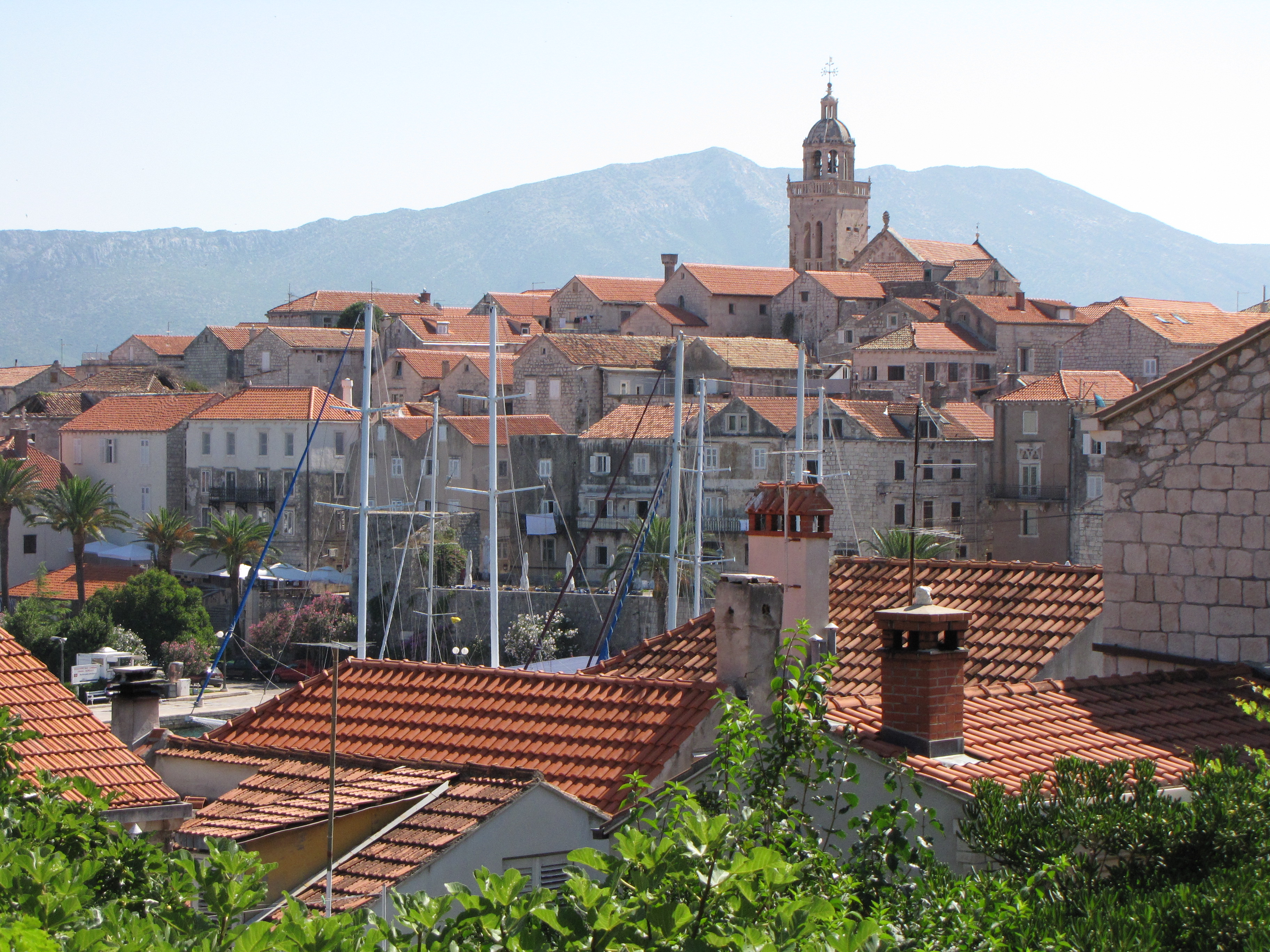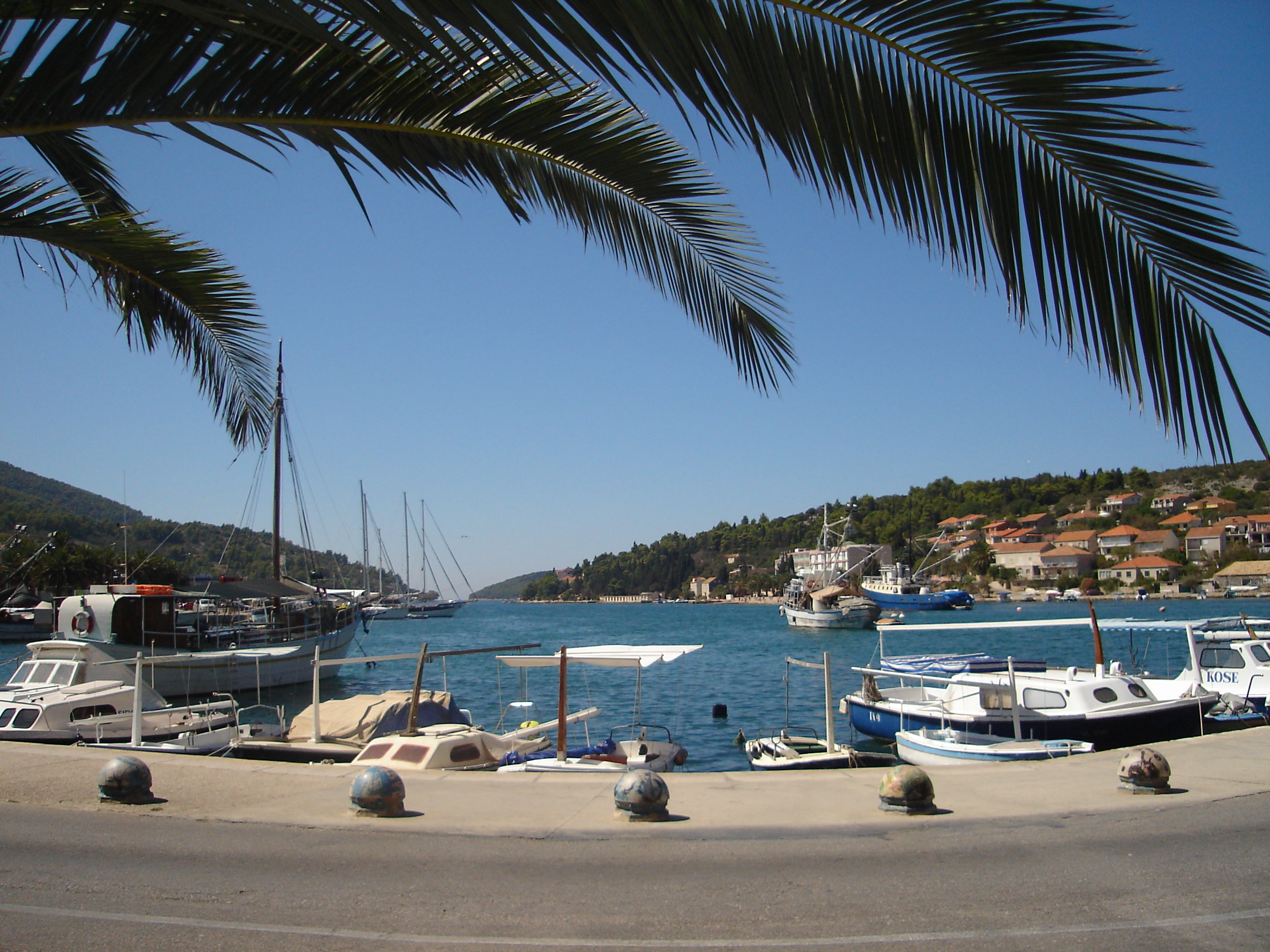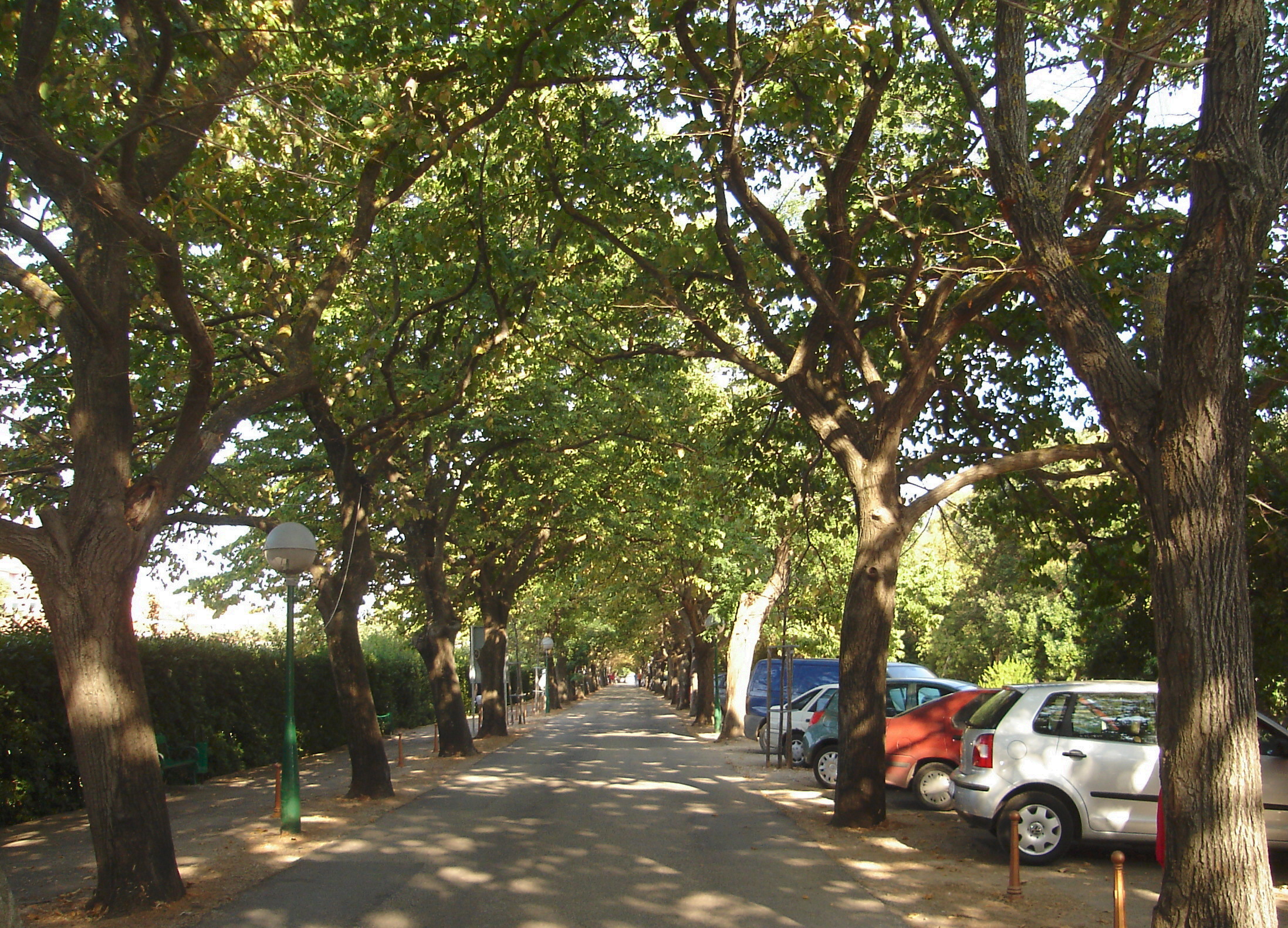The Town of Korcula
The beautiful Venetian backdrop of the Old Town looks as if it was built for the Sword Dance Festival and the annual staging of the sea battle at the time of Marco Polo. A visit to his alleged family house in the romantic streets should not be missed.

The beautiful view from the tower of the house is well worth all the effort. The layout of the historic centre is a planning masterpiece : it is built in the form of a fish bone. This system works like an air conditioner: the cold north winds are stopped in the streets and mild winds are allowed to blow. So you can walk leisurely to the monuments and museums: the art treasures in the Bishop’s Palace, the St. Marc’s Cathedral with the lion statues at the portal and an altar painting by Tintoretto, the City Museum in Gabrieli Palace, the collection of icons in the All Saints Brotherhood, the Town Hall Square with a striking column and the city walls with their towers. The Abel atelier in the old town is also worth visiting.
http://www.alleskroatien.com/insel-korcula.html
The Harbour Town of Vela Luka
Located on the west side of the island of Korcula, nestled in a bay 9.2 km long. It is considered to be one of the most ideal bays because you can anchor your ship easily here. The nearby surrounding area is home to picturesque islets with deep bays, fertile fields, olive groves and vineyards. The cultivation of olive trees is a tradition here and you can see a lot of cultivated terraced vineyards.
Today Vela Luka is a very quiet Adriatic town with traditional agriculture, fishing and tourism.

The climate is extremely mild, there are 2600-2700 hours of sunshine per year, the mean temperature is around 16 degrees.
A small island town Vela Luka has good infrastructure: a high school, a health centre, Kalos – health resort, a cultural centre and numerous summer festivals and regattas.
Vela Luka is connected with Split by catamaran and car ferry on a daily basis.
https://www.kroati.de/kroatien-dalmatien/vela-luka.html
Blato – The Small Town with the long Lime-Tree Avenue
Blato is one of the oldest villages on the island of Korcula. At the beginning of the 20th century around 12,000 people lived there. Their main livelihood was agriculture, olives, grapes, vegetables and fishing. Between the two world wars and the Great Depression there were olive and grape plagues which broke out all over Italy and the Balkans destroying the livelihood of the residents overnight. The resulting mass exodus to Brazil and New Zealand reduced the number of inhabitants to 2,000.

Since then the town has developed into a respectable centre, partly due to numerous donations from emigrated Blato inhabitants and their children.
It is not unusual in the summer to see a Mercedes or Chevrolet with Californian license plates.
Increasingly Blato residents have cottages on the northern or southern coast of the island and they try to attract tourists with their traditional hospitality and openness.
Blato is today the most developed municipality on the island. It has, in addition to some large shopping stores, a high school, a music school and a cultural centre.
The lime-tree avenue, which runs along the main road through the centre of town is impressive. In summer it gives cool, welcome shade ,in winter it protects from storms.
The Loggia situated in the middle of the old town reminds us of its original purpose through its pillars: a tribunal place in the early Middle Ages. Today it serves as a summer stage for classical concerts and other events, especially for the tourists who enjoy the annually organized festival „Summer in Blato“
http://www.mediterano.hr/c/korcula_island/blato/?ln=de
